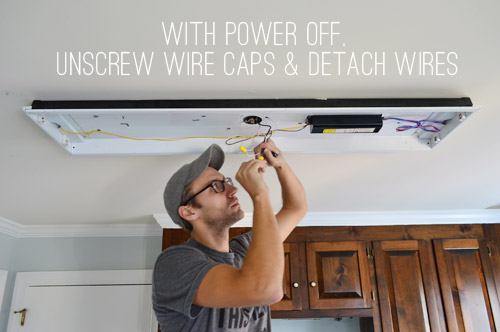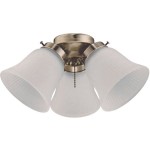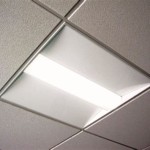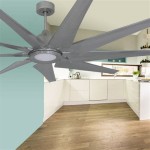Illuminate Your Kitchen: A Comprehensive Guide to Installing Ceiling Light
The kitchen, the heart of a home, deserves ample illumination to ensure both functionality and ambiance. Installing ceiling lights in the kitchen is a crucial task that enhances visibility, creates a warm atmosphere, and adds a touch of aesthetic appeal to your culinary space.
Choosing the Right Light Fixture
The type of ceiling light you choose will significantly impact the overall lighting effect in your kitchen. Consider the following factors when selecting a fixture:
- Size and Shape: Measure the dimensions of your kitchen and choose a light fixture that is proportionate to the space. Large kitchens may require multiple fixtures or a larger chandelier.
- Style: Match the light fixture to the overall décor of your kitchen. Modern kitchens may opt for sleek and minimalist fixtures, while traditional kitchens may prefer elegant chandeliers or pendants.
- Light Output: Determine the amount of light needed in your kitchen based on its size and activities that take place there. Choose fixtures with adjustable brightness or multiple bulbs to provide adequate illumination.
Positioning the Light Fixture
Once you have selected the perfect light fixture, it's time to determine its placement. Here are some guidelines:
- Center Placement: For general illumination, position the light fixture in the center of the kitchen. This ensures even light distribution throughout the space.
- Over the Sink and Work Areas: Install additional fixtures over the sink, stovetop, and other work areas for focused task lighting. This helps prevent shadows and improves visibility.
- Ambient Lighting: Complement the central fixture with ambient lighting from fixtures such as under-cabinet lights or wall sconces to create a warm and welcoming atmosphere.
Installation Process
Installing a ceiling light involves the following steps:
- Safety First: Turn off the power supply to the kitchen at the circuit breaker.
- Mounting the Fixture: Connect the fixture's mounting bracket to the electrical box on the ceiling. Ensure it is securely fastened.
- Wiring: Follow the manufacturer's instructions to connect the wires from the fixture to the electrical box. Use wire nuts to secure the connections.
- Attaching the Fixture: Mount the light fixture onto the mounting bracket and secure it with screws.
- Restoring Power: Turn on the power to the kitchen and test the fixture.
Tips for Professional-Looking Installation
To achieve a professional-looking installation:
- Use a level to ensure the light fixture is aligned correctly.
- Tighten all screws and connections securely, but avoid overtightening.
- Use clear electrical tape to insulate any exposed wires.
- If you are uncomfortable with electrical work, don't hesitate to consult a licensed electrician.
Conclusion
Installing ceiling lights in the kitchen is a crucial step in creating a well-illuminated and inviting space. By choosing the right fixture, positioning it strategically, and following the installation process carefully, you can ensure a beautiful and functional lighting system that enhances the heart of your home.

How To Replace An Old Fluorescent Light Fixture Young House Love

Tips On Installing Kitchen Pendant Lighting Electrician Singapore

How To Plan Recessed Lighting In Your Kitchen

How To Install Pendant Lights Homeserve Usa

How To Install Your Own Light Fixture The Happy Housie
:max_bytes(150000):strip_icc()/installing-a-pendant-light-2175009-Hero-01-67e2c0e1580f45b39d30a6b9497140a9.jpg?strip=all)
How To Install A Pendant Light

How To Position Your Led Strip Lights

How To Install A Ceiling Light Fixture Diy Family Handyman

Cost To Install Or Hang A Light Fixture Diy Vs Hire Pro Angi

Best Kitchen Lighting Design Ideas 2024 Farmhouse
Related Posts








